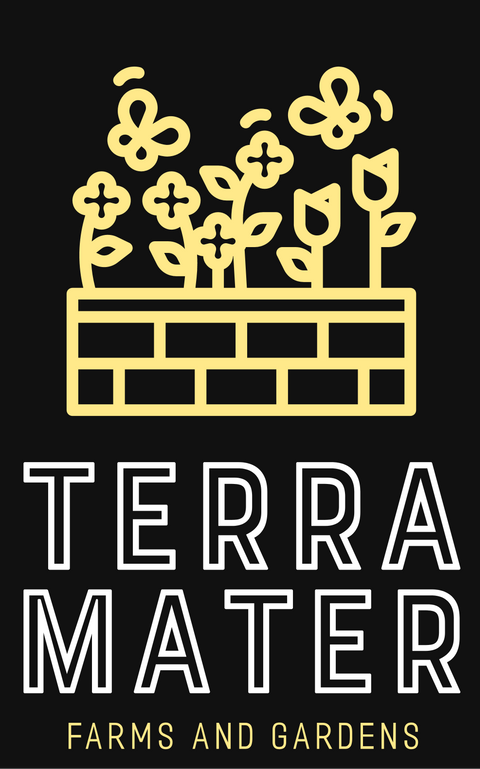Jojoba Open Pollinated Seeds (Simmondsia chinensis) Desert native shrub; produces oil-rich seeds used in skincare, drought-tolerant and deer-resistant
Minimum: 5+ Seeds
Grow Your Own Source of Liquid Gold
If you're looking to cultivate something truly special, resilient, resourceful, and remarkably useful, Jojoba (Simmondsia chinensis) deserves a place in your garden. This hardy desert shrub produces small, acorn-like seeds packed with a golden oil nearly identical to human sebum. That’s why jojoba oil has become one of the most sought-after ingredients in natural skincare and haircare. But beyond its beauty benefits, this plant is a survivor, thriving in poor soils, withstanding drought, and resisting deer, all while asking for very little in return.
A True Desert Native with Modern Appeal
Native to the arid deserts of the American Southwest and northern Mexico, jojoba is perfectly adapted to tough conditions. It forms a dense, rounded shrub reaching 3 to 6 feet in height, with slender, leathery gray-green leaves that reflect sunlight and conserve moisture. Once established, it can live for decades with minimal water, making it ideal for xeriscaping, food forests, wildlife borders, or regenerative dryland farming.
Jojoba plants are dioecious, meaning you'll need both male and female plants for seed production. But once pollinated, female plants produce a crop of oil-rich seeds each year, seeds that can be cold-pressed at home or used whole in salves, soaps, and DIY cosmetics.
Practical, Profitable, and Surprisingly Beautiful
-
Skincare Superplant: Seeds yield a long-lasting, non-comedogenic oil prized in lotions, creams, and scalp treatments
-
Drought-Tolerant: Thrives with minimal watering once established
-
Deer-Resistant: Bitter foliage deters browsing from wildlife
-
Soil Healer: Helps control erosion and tolerates saline, rocky, or sandy soils
-
Wildlife Friendly: Offers shelter for birds and pollinators in arid habitats
A Legacy Rooted in Survival and Healing
Indigenous communities across the Sonoran Desert have long used jojoba seeds for medicinal salves, hair conditioning, and skin healing. Today, it’s grown commercially in dry regions for sustainable oil production, but small-scale gardeners, homesteaders, and permaculturists are rediscovering its value as a low-maintenance, high-reward perennial. Few plants blend ancient tradition with modern utility as elegantly as jojoba.
Growing Jojoba from Seed – Patience Pays Off
Jojoba grows slowly at first but becomes nearly indestructible once established. Seed germination takes time and warmth, but it’s well worth the wait.
-
Scarification: Lightly nick or sand the seed coat before planting to speed germination
-
Soaking: Soak seeds in warm water for 24–48 hours before sowing
-
Planting: Sow ½ inch deep in well-draining cactus or sandy mix
-
Light: Needs full sun from seedling to maturity
-
Watering: Keep lightly moist until sprouted, then reduce water once plants are established
-
Spacing: Space plants 5 to 8 feet apart if growing in-ground
-
Climate: Best suited for zones 8–11; grow in pots with winter protection in colder areas
It may take 2 to 3 years to determine the plant’s sex, and 3 to 5 years before significant seed production begins. For best results, grow a small cluster and plan to keep the strongest male and several females.
Why Grow Jojoba?
Because it’s more than just a plant, it’s a long-term investment in sustainability, skincare, and self-reliance. Whether you're cultivating it for the oil, the resilience, or the satisfaction of growing something deeply rooted in desert tradition, jojoba brings enduring value to every landscape.
Quantities are limited each season due to high demand among permaculturists and herbalists. Order now and start your journey toward growing your own wild-hardy, oil-producing shrub.







